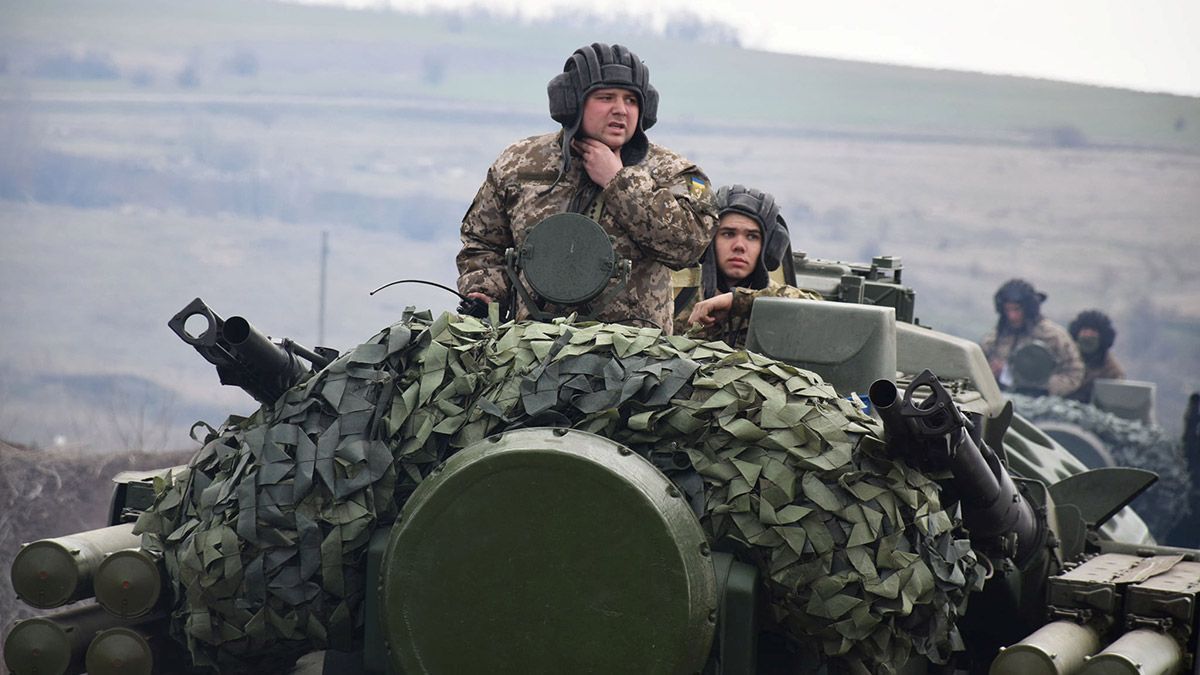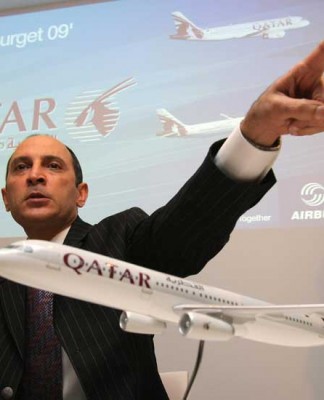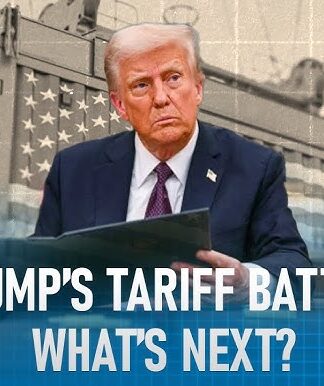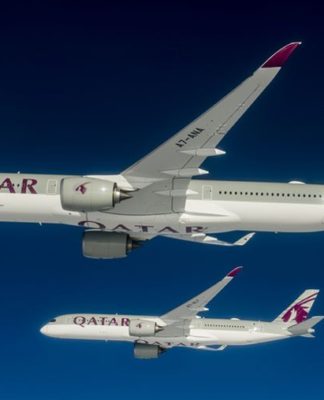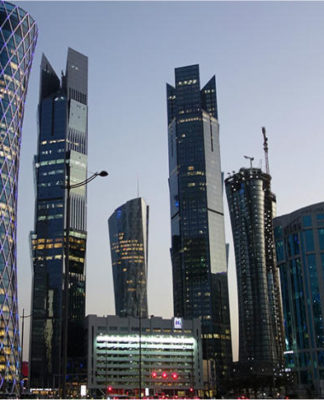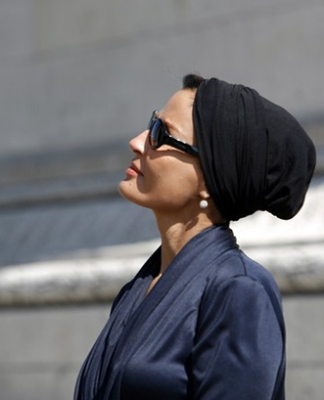US, China, India, UK, Russia, the largest military spenders in 2021, SIPRI report
Monday, September 19th 2022 – 09:28 UTCFull article0 comments
US military spending amounted to US$ 801 billion in 2021, a drop of 1.4% from 2020, decreasing slightly from 3.7% of GDP in 2020 to 3.5% in 2021.
US military spending amounted to US$ 801 billion in 2021, a drop of 1.4% from 2020, decreasing slightly from 3.7% of GDP in 2020 to 3.5% in 2021.
World military spending continued to grow in 2021, reaching an all-time high of US$ 2.1 trillion. This was the seventh consecutive year that spending increased, according to the latest data on military spending published by the Stockholm International Peace Research Institute (SIPRI).
The five largest spenders in military expenditure in 2021 were United States, China, India, UK and Russia accounting for 62% of the US$ 2,2 trillion. This represents a 0,7% increase in real terms. However the data reflects expenditure before the current Ukraine/Russia war, which took off in February this year, and thus promises even higher spending for 2022.
“Even amid the economic fallout of the Covid-19 pandemic, world military spending hit record levels,’ said Dr Diego Lopes da Silva, Senior Researcher with SIPRI’s Military Expenditure and Arms Production Programme. ‘There was a slowdown in the rate of real-terms growth due to inflation. In nominal terms, however, military spending grew by 6.1%.”
As a result of a sharp economic recovery in 2021, the global military burden—world military expenditure as a share of world gross domestic product (GDP)—fell by 0.1 percentage points, from 2.3% in 2020 to 2.2% in 2021.
US military spending amounted to US$ 801 billion in 2021, a drop of 1.4% from 2020. The US military burden decreased slightly from 3.7% of GDP in 2020 to 3.5% in 2021.
US funding for military research and development (R&D) rose by 24 per cent between 2012 and 2021, while arms procurement funding fell by 6.4 per cent over the same period. In 2021 spending on both decreased. However, the drop in R&D spending (–1.2 per cent) was smaller than that in arms procurement spending (–5.4 per cent).
‘The increase in R&D spending over the decade 2012–21 suggests that the United States is focusing more on next-generation technologies,’ said Alexandra Marksteiner, Researcher with SIPRI’s Military Expenditure and Arms Production Programme. ‘The US Government has repeatedly stressed the need to preserve the US military’s technological edge over strategic competitors.”
Russia increased its military expenditure by 2.9 per cent in 2021, to US$ 65.9 billion, at a time when it was building up its forces along the Ukrainian border. This was the third consecutive year of growth and Russia’s military spending reached 4.1 per cent of GDP in 2021.
‘High oil and gas revenues helped Russia to boost its military spending in 2021. Russian military expenditure had been in decline between 2016 and 2019 as a result of low energy prices combined with sanctions in response to Russia’s annexation of Crimea in 2014,’ said Lucie Béraud-Sudreau, Director of SIPRI’s Military Expenditure and Arms Production Programme.
The ‘national defence’ budget line, which accounts for around three-quarters of Russia’s total military spending and includes funding for operational costs as well as arms procurement, was revised upwards over the course of the year. The final figure was US$ 48.4 billion, 14 per cent higher than had been budgeted at the end of 2020.
As it has strengthened its defences against Russia, Ukraine’s military spending has risen by 72% since the annexation of Crimea in 2014. Spending fell in 2021, to US$ 5.9 billion, but still accounted for 3.2% of the country’s GDP.
China, the world’s second largest spender, allocated an estimated US$ 293 billion to its military in 2021, an increase of 4.7% compared with 2020. China’s military spending has grown for 27 consecutive years. The 2021 Chinese budget was the first under the 14th Five-Year Plan, which runs until 2025.
Following initial approval of its 2021 budget, the Japanese Government added US$ 7.0 billion to military spending. As a result, spending rose by 7.3 per cent, to US$ 54.1 billion in 2021, the highest annual increase since 1972. Australian military spending also increased in 2021: by 4.0 per cent, to reach US$ 31.8 billion.
‘China’s growing assertiveness in and around the South and the East China seas have become a major driver of military spending in countries such as Australia and Japan,’ said SIPRI Senior Researcher Dr Nan Tian. ‘An example is the AUKUS trilateral security agreement between Australia, the United Kingdom and the United States that foresees the supply of eight nuclear-powered submarines to Australia at an estimated cost of up to US$ 128 billion.’









